1. Romanze in F major: Adagio cantabile
Composer: Ludwig Van Beethoven
Artist(s): Xenia Gamaris, violin, Gruppo Montebello, Henk Guittart,conductor
2. Sonata in A major: Allegro ma non tanto
Composer: Ludwig Van Beethoven
Artist(s): Elena Nemtsova,piano Toby Hughes, double bass
3. Sonata in A major: Scherzo. Allegro molto
Composer: Ludwig Van Beethoven
Artist(s): Elena Nemtsova,piano Toby Hughes, double bass
4. Sonata in A major: Adagio cantabile-Allegro vivace
Composer: Ludwig Van Beethoven
Artist(s): Elena Nemtsova,piano Toby Hughes, double bass
5. Romanze in G major
Composer: Ludwig Van Beethoven
Artist(s): Xenia Gamaris, violin, Gruppo Montebello, Henk Guittart,conductor
6. Triple Concerto in C major: Allegro
Composer: Ludwig Van Beethoven
Artist(s): Elena Nemtsova,piano Kristian Winther, violin, Gideon den Herder,violoncello, Gruppo Montebello, Henk Guittart, conductor
7. Triple Concerto in C major: Largo
Composer: Ludwig Van Beethoven
Artist(s): Elena Nemtsova,piano Kristian Winther, violin, Gideon den Herder,violoncello, Gruppo Montebello, Henk Guittart, conductor
8. Triple Concerto in C major: Rondo alla Polacca
Composer: Ludwig Van Beethoven
Artist(s): Elena Nemtsova,piano Kristian Winther, violin, Gideon den Herder,violoncello, Gruppo Montebello, Henk Guittart, conductor

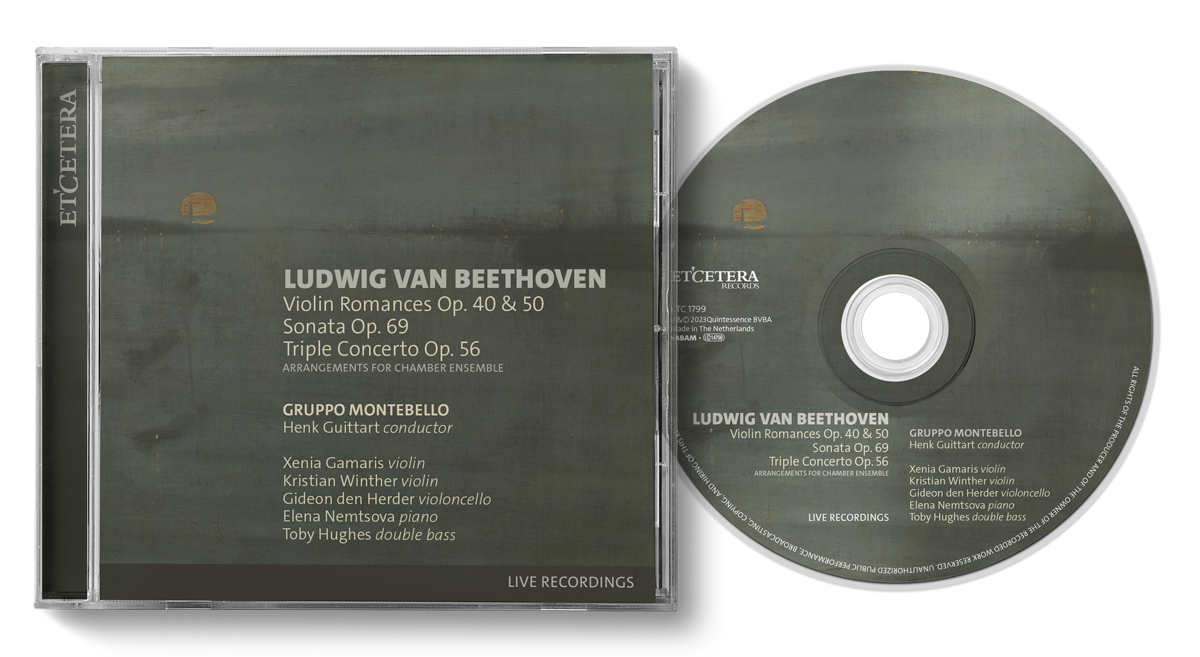
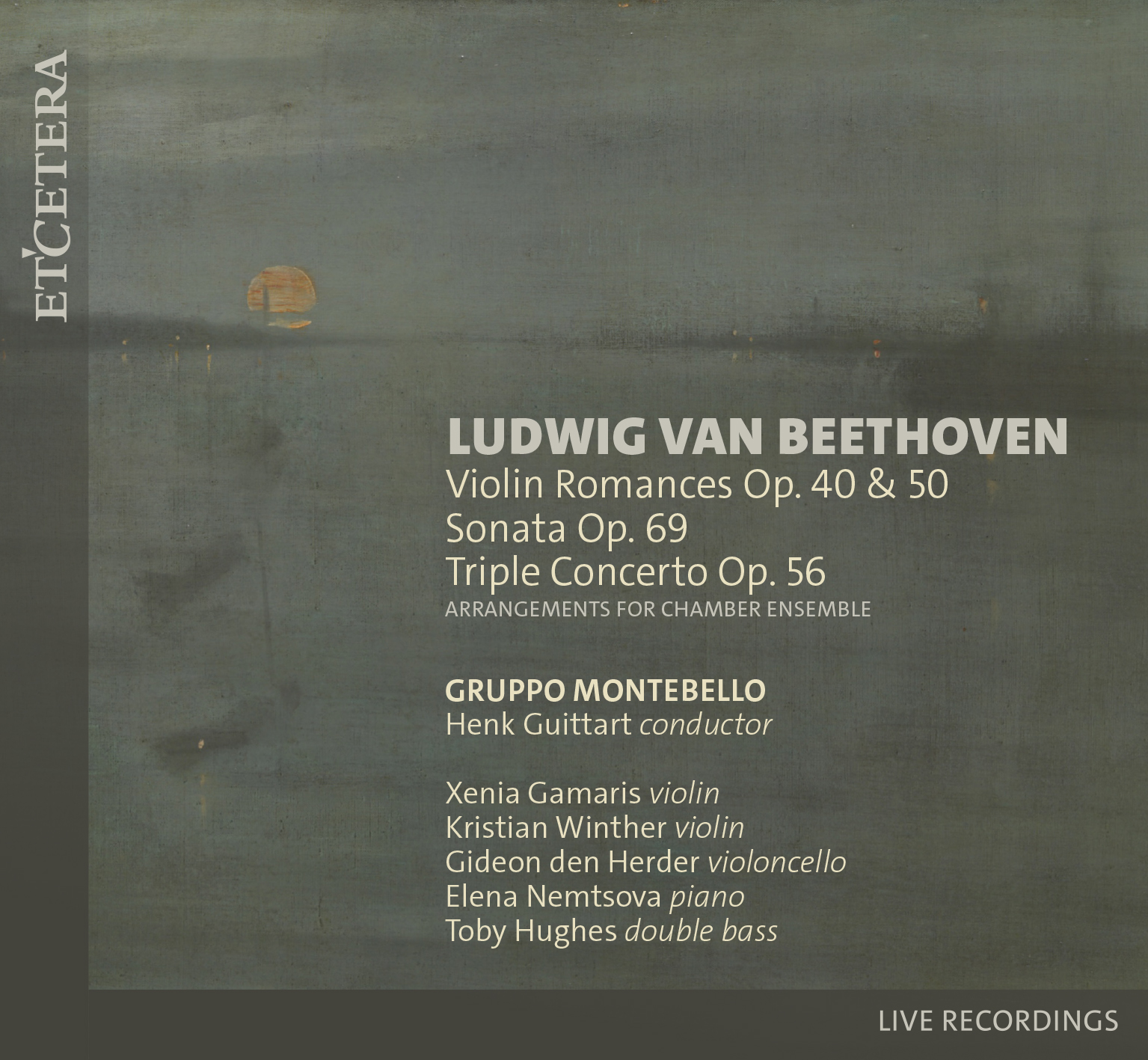
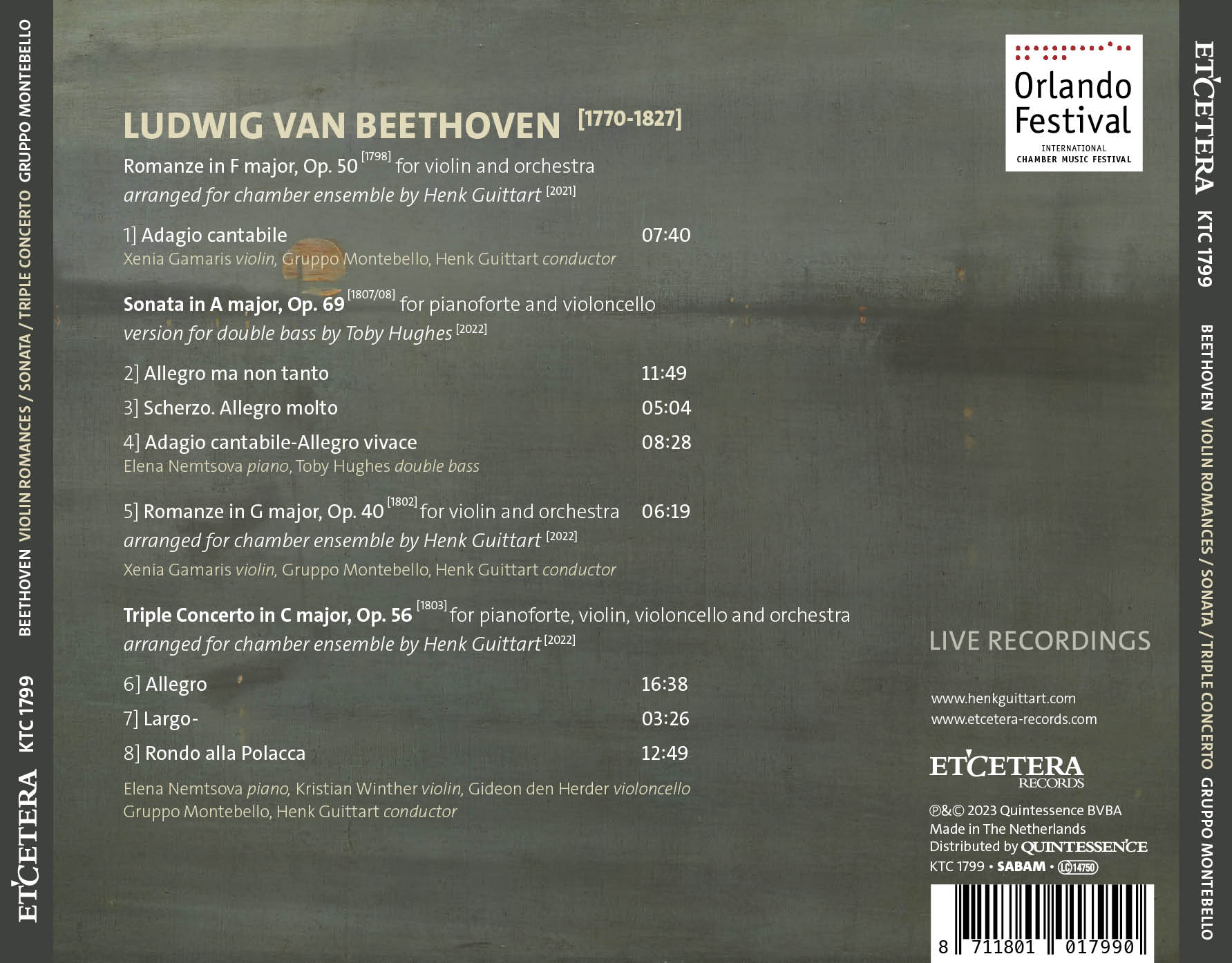

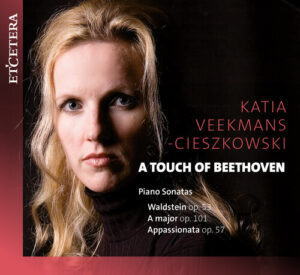

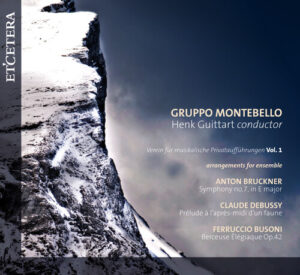
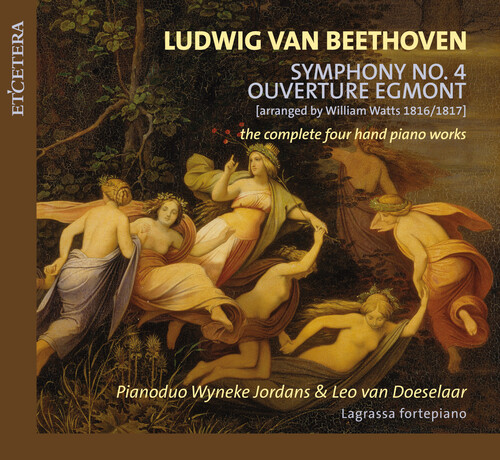
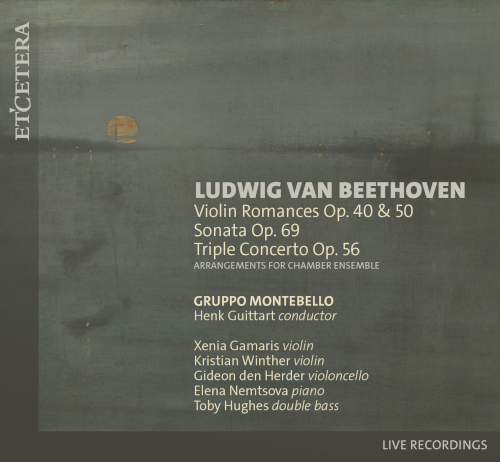
Reviews
There are no reviews yet.